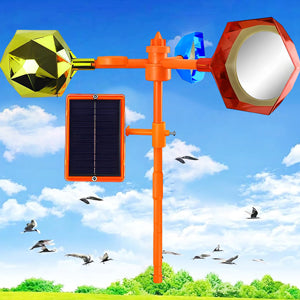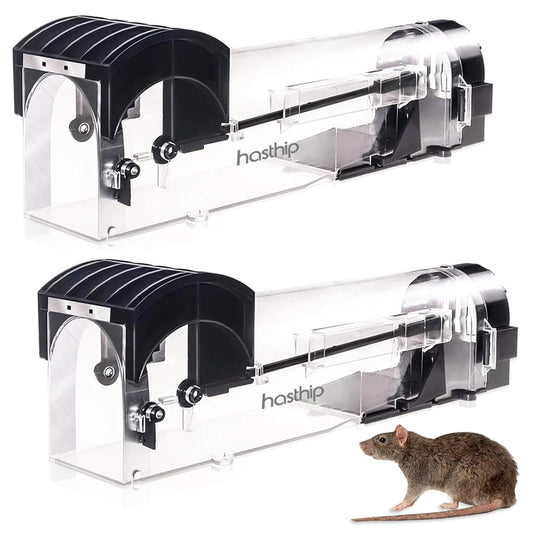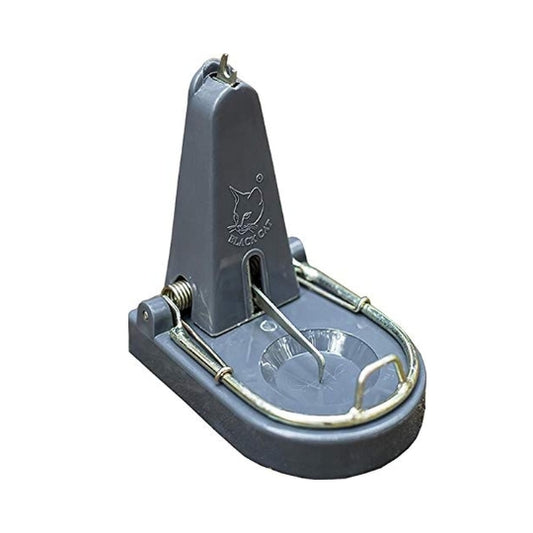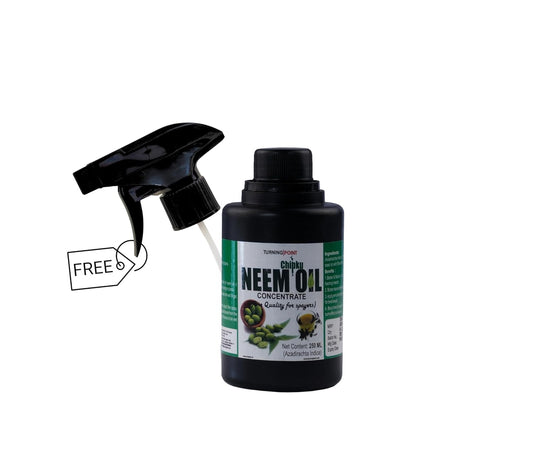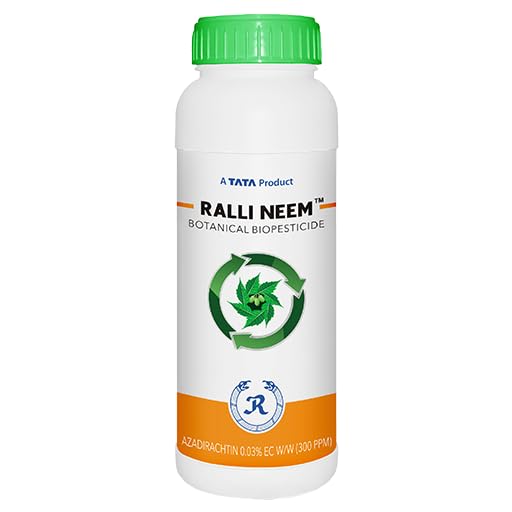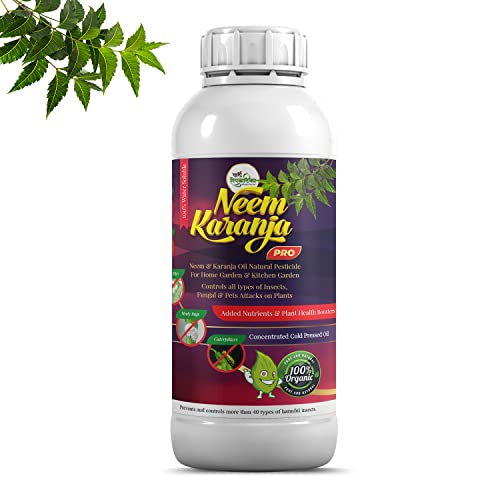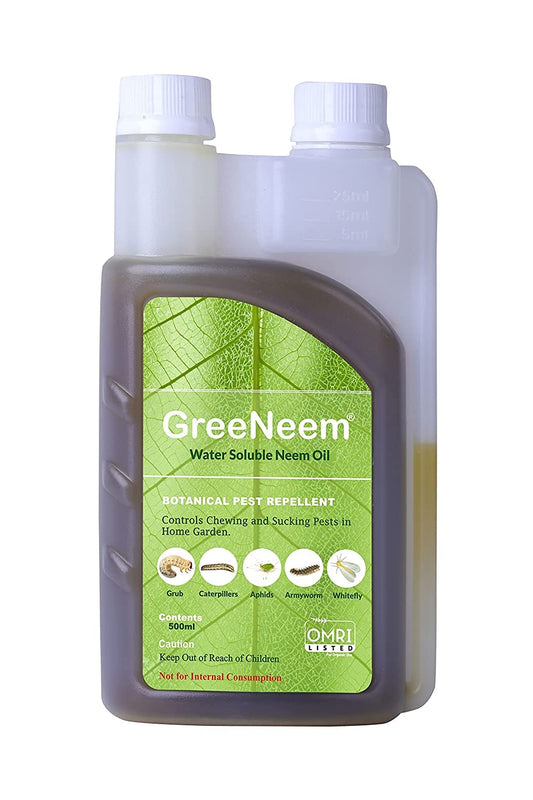Unlocking the Future of Farming: Your Guide to Different Hydroponic Systems
Share
Hydroponics, the revolutionary method of cultivating plants without soil, is creating waves in the world of agriculture. If you're an urban farmer in India looking to explore this innovative approach, you're in for a treat. In this guide, we'll dive deep into various hydroponic systems, making it easy for you to choose the right one for your urban farming journey.
-
Deep Water Culture (DWC): Imagine a world where your plants thrive with minimal effort. That's DWC for you. In this system, plants hang above a reservoir of nutrient-rich water, with their roots submerged. Air pumps and airstones infuse the water with vital oxygen. It's straightforward and budget-friendly, perfect for beginners or those on a tight budget.
-
Nutrient Film Technique (NFT): NFT is like a dance of nutrients for your plants. It involves a continuous flow of nutrient solution over the roots, which are supported by a sloping trough. Monitoring and adjusting the flow rate are crucial to ensure your plants get the right amount of nourishment and oxygen. NFT excels in delivering consistent nutrients and optimal root oxygenation.
-
Aeroponics: Step into the future of farming with aeroponics. Here, plants grow with their roots hanging in the air. Nutrient-rich water is misted onto the roots at intervals, creating a perfect environment for growth. Precision is key, so be ready for a bit more complexity and investment. But the rewards include faster growth and higher yields.
-
Drip System: If you prefer the familiar, the drip system is your friend. It resembles traditional irrigation, with a timer-controlled pump delivering nutrient solution directly to each plant's base. It's versatile and works well for various crops. Automation ensures consistent nutrient delivery without constant manual intervention.
-
Ebb and Flow (Flood and Drain): Picture your plants enjoying a rhythmic nutrient bath. Ebb and flow, or flood and drain, cycles nutrient solution into trays or containers, then allows it to drain back. This dynamic process provides plants with vital nutrients while preventing waterlogging. It's like a spa day for your greens.
-
Wick System: Sometimes simple is best. The wick system operates without pumps or electricity. A wick made of absorbent material draws nutrient solution from a reservoir to the roots, ensuring steady hydration and nutrient supply. It's cost-effective and straightforward, making it perfect for small-scale setups.
-
Vertical Tower Systems: Make the most of your space with vertical hydroponic systems. Stacked towers or columns with multiple planting slots allow for maximum plant density. Nutrient-rich water trickles down, optimizing plant growth. Ideal for cramped spaces, it encourages efficient resource use and healthy plant growth.
-
Aquaponics: For the eco-conscious farmer, aquaponics is the answer. This system combines hydroponics with aquaculture. Fish farming provides nutrients for the plants, and the plants act as natural filters for the fish. It's a sustainable, mutually beneficial relationship that conserves water and reduces the need for external fertilizers.
Each hydroponic system has its unique advantages and considerations. Your choice depends on factors like budget, available space, plant types, and your level of expertise. So, embrace the future of farming, and get ready to grow your crops without soil, all within the comfort of your urban space. Happy farming!







